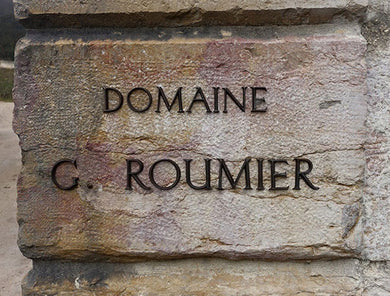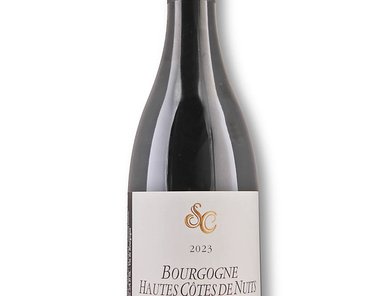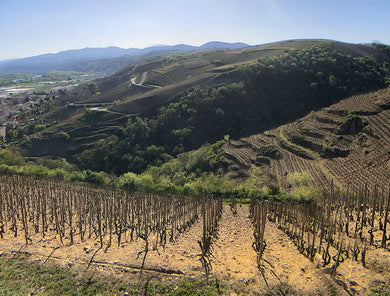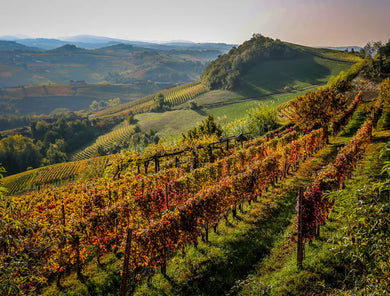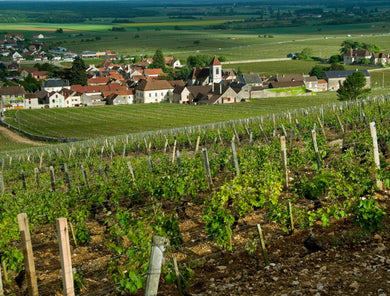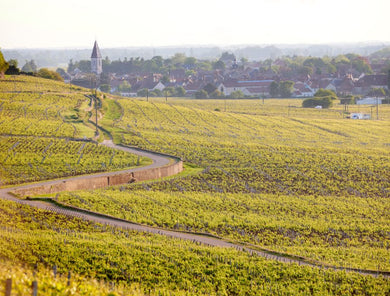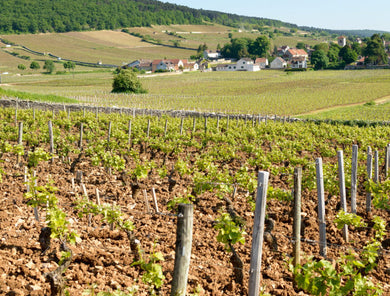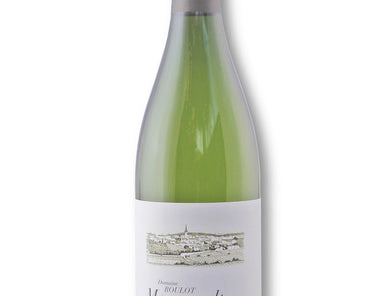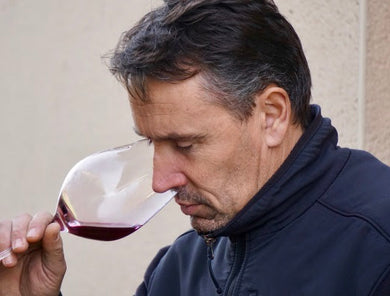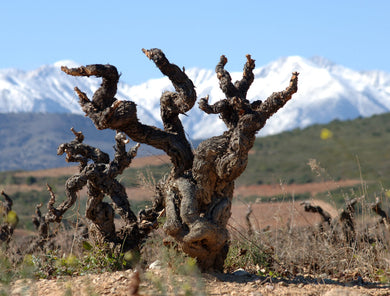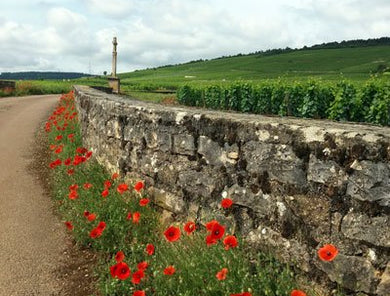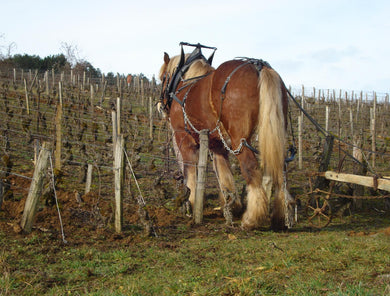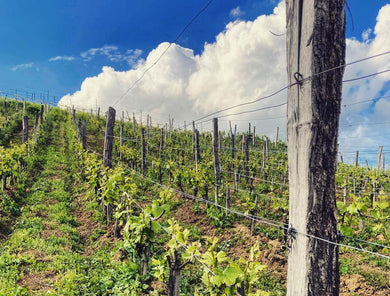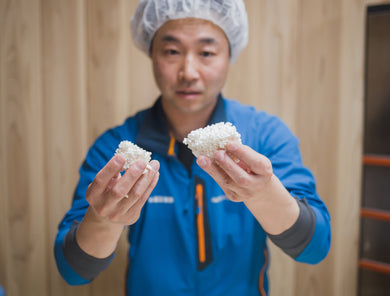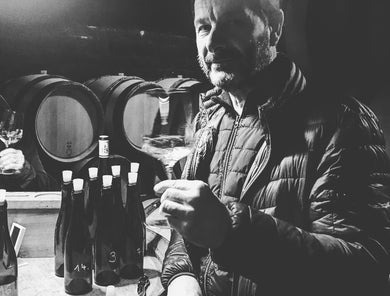This offer aims at part tribute and part clarification (misinformation on Didier’s wines being particularly widespread), with the remainder a humble attempt to put the largest number of these wines in your cellar possible. Didier retired after the 2024 vintage, or, more correctly, he will retire following the bottling of his 2024s. This will likely be the last buying opportunity, certainly of its comprehensiveness, before post-retirement price surges.
The Bourgogne Blanc and Aligoté are vinified in tank (’21 being a notable exception as tiny yields in both colors necessitated barreling the wines to prevent the wood drying out). The Bourgogne Blanc issues from two parcels, both below the road in Corgoloin, one of which abuts the village soccer field.
From 1999-2003 the Côtes de Nuits Villages Blanc was produced from a single parcel in ‘Les Perrières’ (Corgoloin). To taste any of these five efforts is to sense the uncanny fusing of vigneron and site universal in Burgundy’s most memorable wines.
None of these five wines (1999-2003) make a bit of sense. The 2001 touches the very limit of artisanal winemaking, existing only at the edge of possibility. Today this cuvée blends old vines in ‘Le Fourneaux’ and ‘La Montagne,’ contributors of ‘belly’ and ‘minerality’ respectively says Didier.
To the reds. Much of the perpetual confusion about the source of Didier’s Côtes de Nuits Villages Rouge concerns the distinction between individual parcels and distinct named places (lieux-dits). The wine comes from four separate lieux-dits though fourteen separate parcels within these four (Didier shares that the total would run to 30-40 if you used the old cadastre maps rather than modern vineyard boundaries).
A detailed mapping: ‘Les Perrières’ (five parcels totaling one hectare and the largest contributor to this cuvée) ; ‘Le Creux de Sorbon’ just below (four parcels) and ‘La Montagne’ just above (four parcels) ; and ‘Clos de Magny’ (one parcel) at the top of the hill, occasionally omitted in cool vintages (last instance 2014).
Though the Côtes de Nuits Villages Rouge has the reputation of a Corgoloin composite in fact the fruit issues from a more-or-less single top-to-bottom slice at the village's southern end. Only ‘Les Perrières’ vies off this path, and here just by just a few dozen meters.
Barrel-tasting these parcels before blending reveals totally distinct vinous personalities. ‘Le Creux de Sorbon’ brings an almost liqueur-like richness, very dark though just gently tannic. ‘Clos de Magny’ is suppler and more tender-textured, with lovely freshness via its proximity to the Hautes Côtes. The wine’s backbone leans heavily on ‘Les Perrières,’ a more stoic and solid wine. It’s the ‘Richebourg’ of Corgoloin.
The mythic Côtes de Nuits Villages ‘La Rue des Foins’ is sourced from two parcels farmed by Didier but owned, in fact, by his brother. These are ‘Aux Chaillots’ (75 year old vines) and ‘Au Clou Virey’ (100 year old vines). There are usually around 20-30 magnums and 1,000 bottles produced. With 'RDF' you come to understand that 1+1=6 (sometimes more). It's been the source of many of our most humbling blind tasting experiences to date. Hell, the most humbling wine experiences period.
The reds are 100% whole-cluster always, which Didier relays doesn’t create problems as long as you manage pigeage skillfully. Extraction and stems are never oppositional. Stems are as fundamental as the juice and winemaking possibilities are assessed only after their tandem has done the work of revealing a vintage’s true picture.
All wines excepting the top two reds are bottled just before the harvest of the following vintage, these reds following in March of the following year.
In the end aesthetic judgement must rest upon the questions ‘what was done, and what was possible?’ A third rate ‘Clos de Bèze’ or ‘Montrachet’ may nevertheless impress us as an expressive achievement, but such wines hardly arouse our authentic admiration or, less still, an emotional response. Didier Fornerol has done more with his portion, has most transcended the limits of grape growing and winemaking among contemporary Burgundian vigneron(ne)s. He wasn't gifted a 'Chambertin,' so he created his own.
Burgundy would not be what she is without her Didier.
Cheers,
Jason

